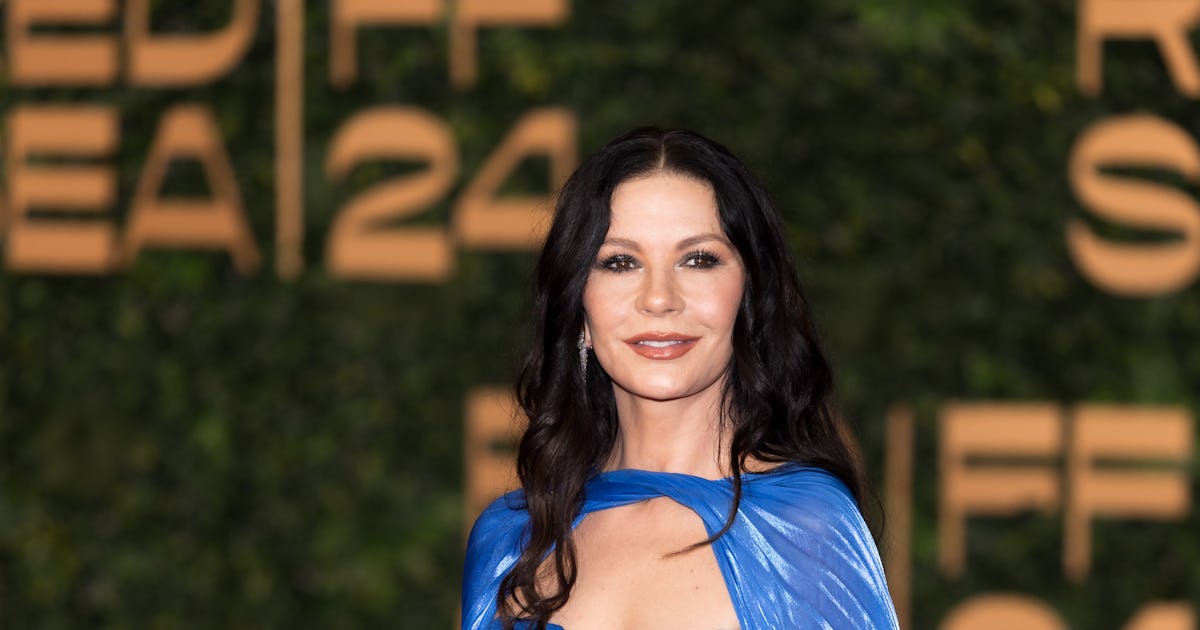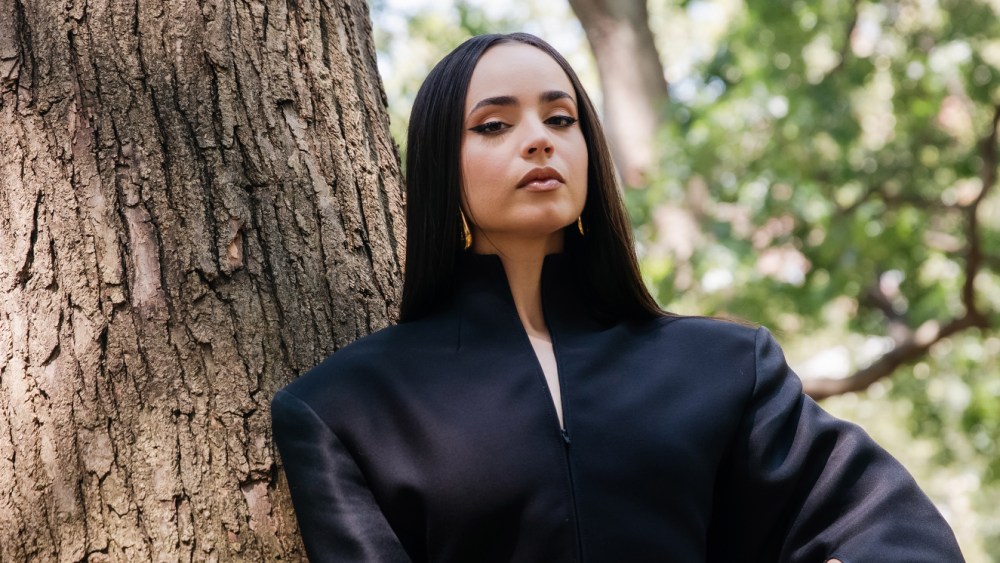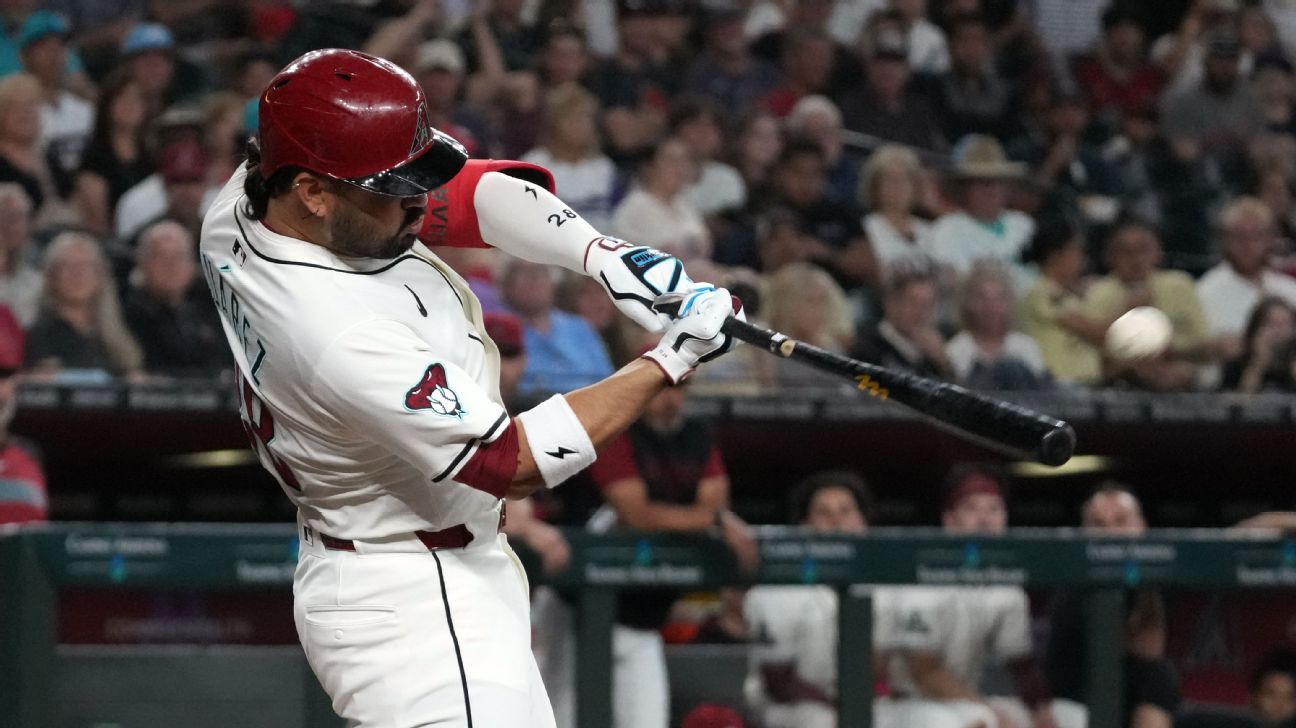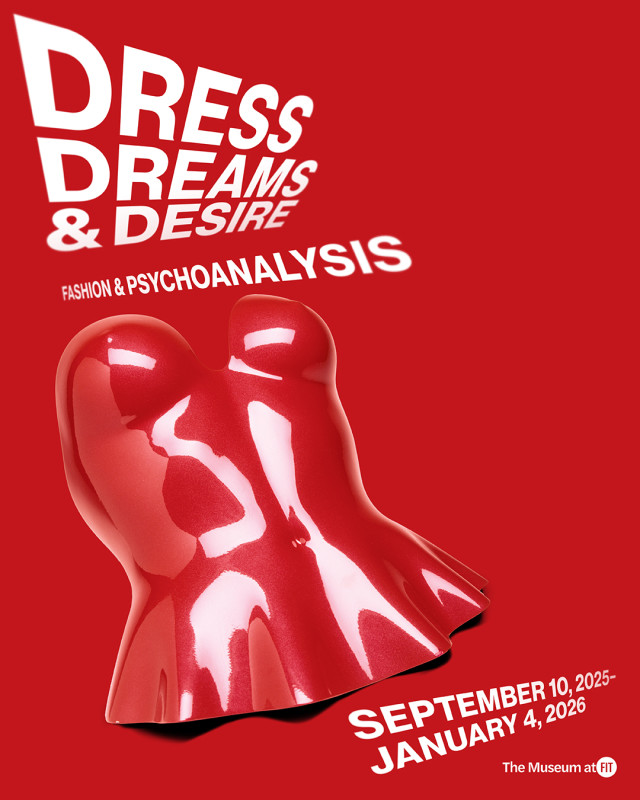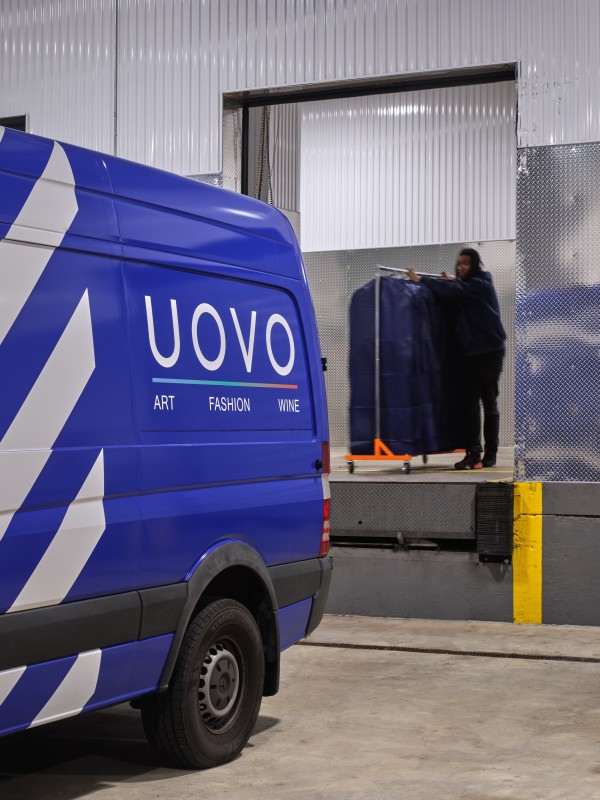
Uovo, a network of luxury storage facilities for art, wine and fashion, opened its first location in 2012 in Long Island City, New York after Hurricane Sandy damaged hundreds of millions of dollars’ worth of art in the city. Built to be resistant to flooding, power outages and other disasters, its goal was to provide a better, safer way to care for art. Since then, that goal has expanded to more than 20 facilities nationwide and additional categories, including wine and fashion.
Two of those facilities are in Los Angeles, where a more recent devastating natural disaster — a spate of wildfires — similarly highlighted the importance of adequate storage for high-value items, be they collections of art or couture.
“Several new clients” joined Uovo, which positions itself as a full-service luxury wardrobe management solution, in preparation for the worst as fires began spreading across the city in early January, according to General Manager of Uovo Fashion Brennan Lowery, who gave me a tour of its new Downtown Los Angeles facility shortly after the fires were contained. It spans art, wine and fashion, while the company also operates a more fashion-focused facility in Glendale, which it took over from high-end fashion storage service Garde Robe after acquiring it in 2021.
Photo: Courtesy of Uovo
Garde Robe has since rebranded to Uovo Fashion, which Lowery is tasked with growing into the industry’s go-to storage resource for everything from an iconic designer’s archives, to a Florida-bound Manhattanite’s vacation wardrobe, to everything Sarah Jessica Parker has worn across “Sex and the City” and “And Just Like That…”
Indeed, Carrie Bradshaw’s closet overflow can be found in one of Uovo’s New York facilities. Other famous fashion clients (that I’m allowed to mention) include Oscar de la Renta, Calvin Klein, Jason Wu, Thom Browne and Carolina Herrera. Lowery estimates about half of Uovo Fashion’s clientele is made up by brands or “corporate clients” who might store anywhere from 8,000 to 20,000 archival items, while the other half are private individuals who may store closer to 50 to 100 pieces (though some do have collections going into the thousands). In total, Uovo Fashion has more than 125,000 items in storage across clothing, shoes and accessories.
Despite early success (due in part to the Garde Robe acquisition), Uovo Chief Marketing Officer Nicole Levinson admits there’s been a “learning curve” with fashion clients, for whom pricing for storage starts at $400 per month, increasing based on the number of items. The company sees plenty more opportunity for growth in the category, and has been trying to figure out the the best way to get the word out and communicate the benefits of luxury storage services to brands and consumers alike.
When it comes to the latter especially, they’ve realized it’s important to emphasize the access clients still have to their wardrobes even after they’ve been stored.
“They’re scared that they’re not going to be able to get their clothing out,” Levinson posits. “The very first question we get, even from stylists [is], ‘How fast can you get me something?’ It’s very different than art and wine because art and wine can sit for a very long time before the owner wants it.” Fashion needs, meanwhile, are subject to one’s whims and fluctuating event schedules. Levinson and Lowery want individual clients to see Uovo Fashion less as a storage unit and more as “an extension of your closet.”
Photos: Courtesy of Uovo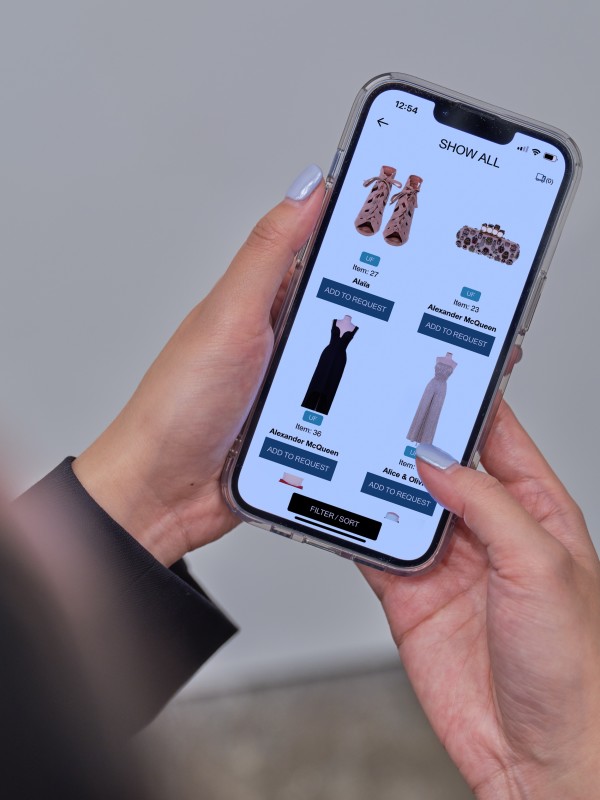
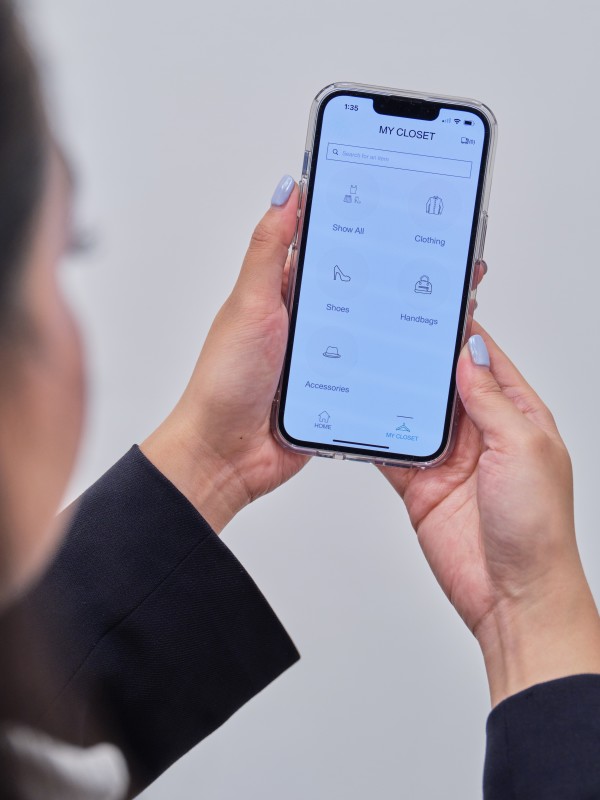
To that end, clients get access to the proprietary MyCloset app, a mobile digitization of one’s entire wardrobe that immediately recalls That Scene From “Clueless,” with the added benefit of concierge services. Uovo’s intake for fashion storage begins with thorough inspection and itemization of every piece a client wants stored, followed by a cataloguing process akin to that of an e-commerce operation. Every item gets a clear description with the color, brand, season, etc., before being professionally photographed and uploaded onto the app with relevant tags for easy searching and sorting. From there, clients can request to pick up items or have them delivered, even with short notice. “The goal is this high-touch service that’s really focused on your collection and being able to give you a digital representation of your wardrobe,” Lowery explains.
The company has also been pushing its “luggage-free travel” service, wherein clients planning a trip can simply select the items they want to bring via the app and have them transported to just about any destination, so their vacation wardrobe is ready to meet them when they arrive at their hotel. For domestic journeys, Uovo operates its own “national shuttle” that transports items between locations.
Right now, the company offers fashion storage and services in its Los Angeles, New York and Florida facilities (all of which have expanded in size since the company launched fashion), but it’s working to expand into additional locations, which will mean hiring fashion teams with the right experience and expertise.
Related: How Much Does Your Fashion Job Pay?
“We have a number of individuals who have master’s degrees in fashion textile studies from Parsons and from FIT, but we also have a couple of stylists. I have a former editor. Those are the individuals that are serving as wardrobe managers who are working deep in the collection,” Lowery explains. Looking for a job? She continues, “We really just look for fashion people who understand fashion terminology, who can appreciate the beauty of a garment, who can treat a garment like a work of art and who are kind of wired for client service.”
Photo: Courtesy of Uovo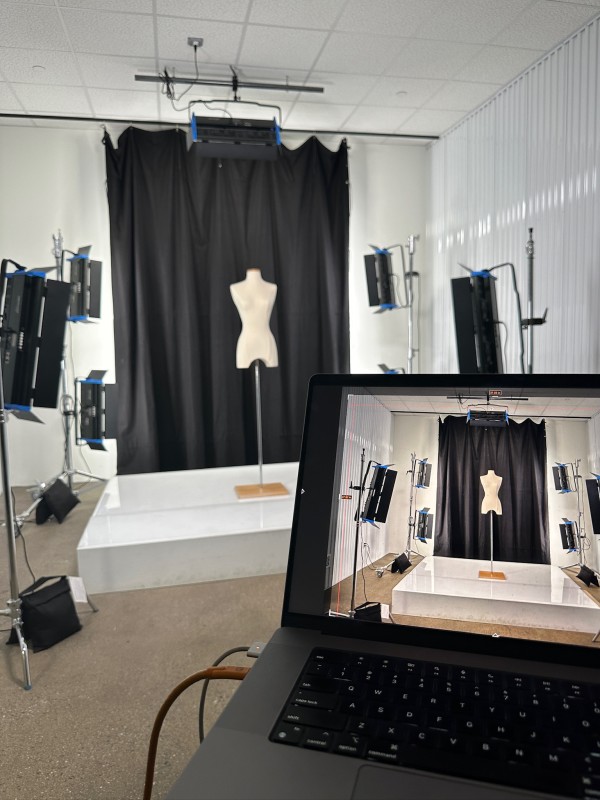
When it comes to acquiring new brand clients, Levinson and Lowery have found that, while established “old guard” luxury brands tend to understand the importance of archiving, younger designers may need more convincing. Given fashion conservation’s association with museums, some assume they don’t need to worry about it until later in their careers.
“I went to a few of my friends who are pretty well-known fashion designers in their thirties and forties and they were like, ‘What are you trying to do? Put me in the grave early?'” Levinson recalls. “On the designer side, we want people to understand, no, it’s not putting yourself in a grave. It’s about just taking care of these items in a better way.”
The company also aims to align itself with hot topics like sustainability, resale and nostalgic archival fashion, in which consumers and professionals are increasingly interested these days. As museums, from the Met’s Costume Institute to The Museum at FIT continue to grow, modernize and diversify their fashion collections, they’re not only pulling from old legacy houses. There are reasons for emerging designers to think about working with a service like Uovo, Levinson argues, that employs experts in fashion and textile conservation who can assist with everything from cleaning to photography to transportation to fittings, in addition to providing climate-controlled storage.
As the industry moves between major events like awards season red carpets to fashion month to the upcoming Met Gala, that results in a lot of priceless designs that deserve a long life. “Where do these dresses go? You know what I mean? They don’t belong to the celebrities and the houses don’t have necessarily the storage for it, but they’re part of history now,” says Levinson, who wants clients to come to Uovo and say, “‘Can you take care of them?'”
There are also reasons for individual collectors to think about how they preserve their most valuable sartorial assets, whether they intend to pass them on to a lucky heir or get a return on their investment by selling. “We had a major estate that we were storing with, and until it reached Christie’s, where do these old dresses and shoes and things go? They went into storage and, had we not taken care of these garments, they would not have made the prices that they made at auction,” Levinson recalls.
In 2024, Uovo collaborated with designer resale platform Vestiaire on a campaign around this idea, where Uovo handles the storing and Vestiaire handles the reselling. “It was a no-brainer because we’re part of the same ecosystem of recycling fashion,” says Levinson.
Photo: Courtesy of Uovo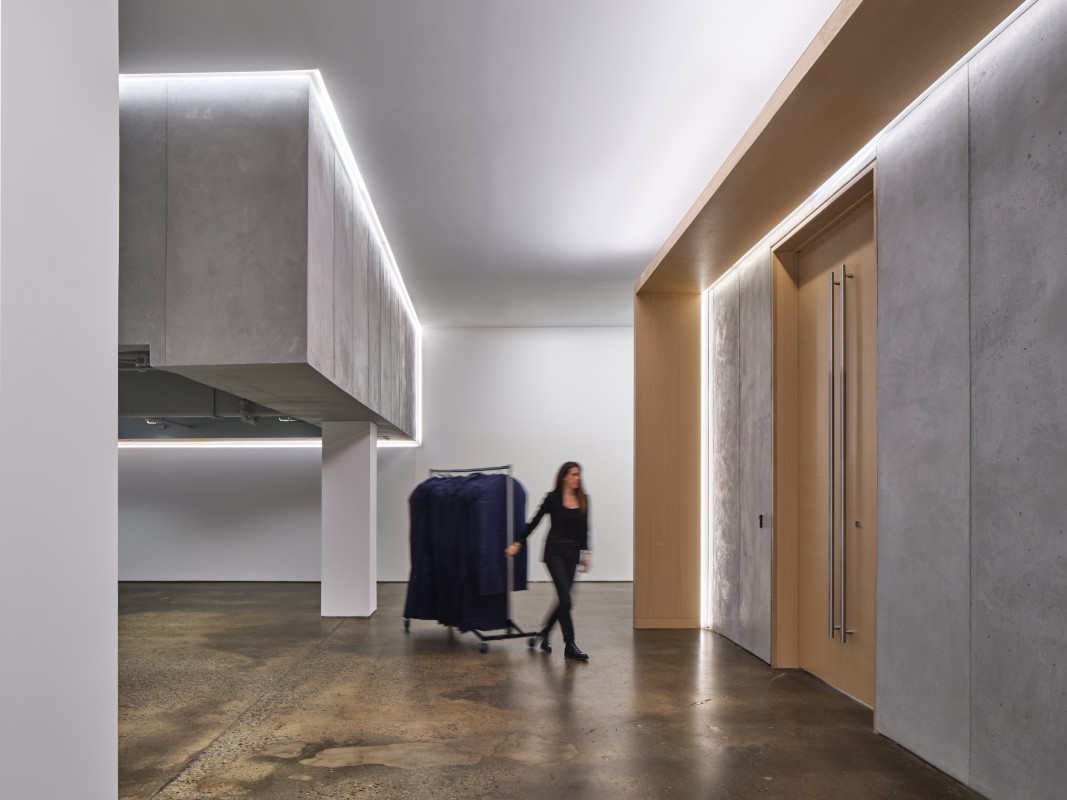
Official industry partnerships like these will be an important part of Lowery’s and Levinson’s strategy as they work to grow Uovo Fashion’s clientele, which usually comes through word of mouth. By collaborating with a luxury designer (as it did with Lanvin in 2024), for instance, they expose Uovo to more high-net-worth individuals who might benefit from its services. A project with an unnamed designer is currently in the works, they reveal.
“We’ve also looked at a few, I would say thought leaders or influencers… people who are known to have a big closet and are either on TV or a Hollywood actress who wants to talk about the importance of storing their clothing,” adds Levinson. “So we have a few things also out on that front.”
If the CFDA or another industry organization is listening, Uovo is also interested in one day sponsoring some sort of prize for an emerging fashion designer; it currently does something similar in the art space in partnership with the Brooklyn Museum.
“The art business has been around for 10 years, so it’s more mature and developed [than fashion],” Levinson points out. “Even though we acquired a company and we rebranded in the last two or three years, we are still at more of the genesis of how we want to cultivate this vertical and how we want to continue to build our reputation in the area.” When it comes to investing in a sponsorship of some kind, she stresses the importance of supporting the next generation: “I think if it’s not for the community and particularly cultivating emerging artists, emerging fashion designers, then there is no reason for us to exist, because there’s no art and there’s no fashion.”
Tune into the Fashionista Network to join the conversation with fashion and beauty industry leaders. Sign up here.
#Luxury #Storage #Company #Brands #Consumers #Protect #Fashion #Fine #Art

